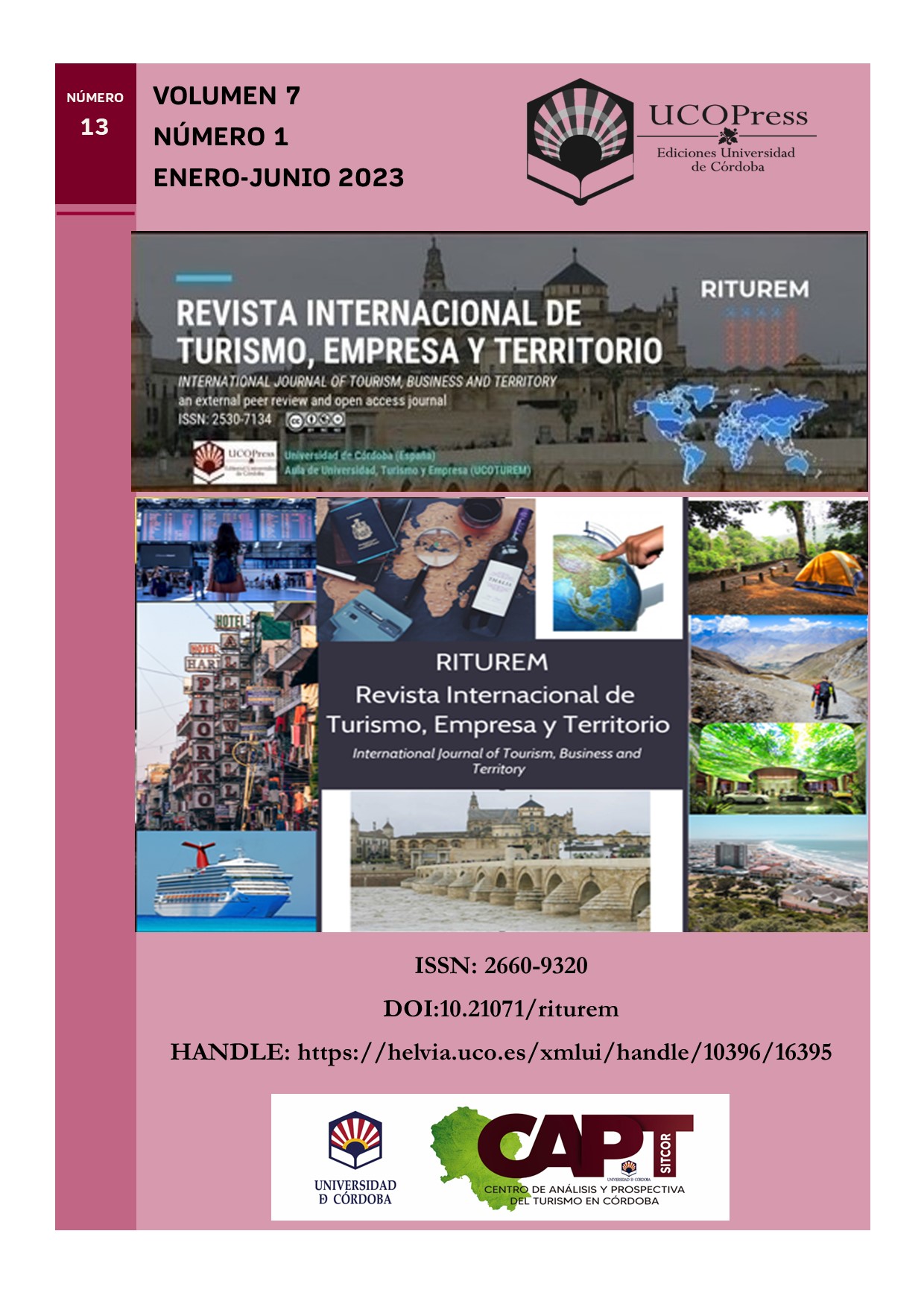Environmental factors that influence the activity of female Costa Rican rural tourism MSMEs
Main Article Content
Abstract
This study analyzes the factors that influence the activity of established rural tourist MSMEs led by women in Costa Rica. Based on institutional theory, formal (human capital, bureaucratic barriers, access to financing and government support) and informal (codes of conduct, social norms and expected family roles) institutional elements influencing female entrepreneurial activity were selected. A fuzzy qualitative comparative analysis (fsQCA) was performed on a sample of 28 Costa Rican rural tourist businesswomen to find out the interactions between these factors affecting the generation of profits. The research results reveal five different configurations that lead to low or zero profits in female entrepreneurship. Formal factors (bureaucratic barriers and low levels of human capital), combined with the presence or absence of other institutional factors, both formal and informal, represent a critical condition linked to the low or no generation profits in these ventures. The implications of this research contribute to the knowledge of the formal and informal institutional elements affecting the growth of women-led businesses in the Costa Rican rural tourism sector, and to the strengthening of female business activity.
Keywords: institutional theory, women entrepreneurs, rural tourism, Costa Rica
Downloads
Article Details
Copyright Notices Proposed by Creative Commons
Proposed policy for journals offering deferred open access
Those authors who have publications with this journal, accept the following terms:
1. The authors will retain their copyright and guarantee to the journal the right of first publication of their work, which will be simultaneously subject to the Creative Commons Recognition License CC BY-NC 4.0 (Creative Commons — Attribution-NonCommercial 4.0 International — CC BY-NC 4.0 ) hird parties to share the work provided that its author and its first publication is indicated this journal and no commercial use is made.
2. Authors may adopt other non-exclusive licensing agreements for the distribution of the published version of the work (e.g., deposit it in an institutional telematics file or publish it in a monographic volume) provided that the initial publication is indicated in this journal.
3. Authors are allowed and recommended to disseminate their work over the Internet (e.g. in institutional telematics files or on their website) before and during the submission process, which can produce interesting exchanges and increase citations of the published work. (See The effect of open access: http://opcit.eprints.org/oacitation-biblio.html.
